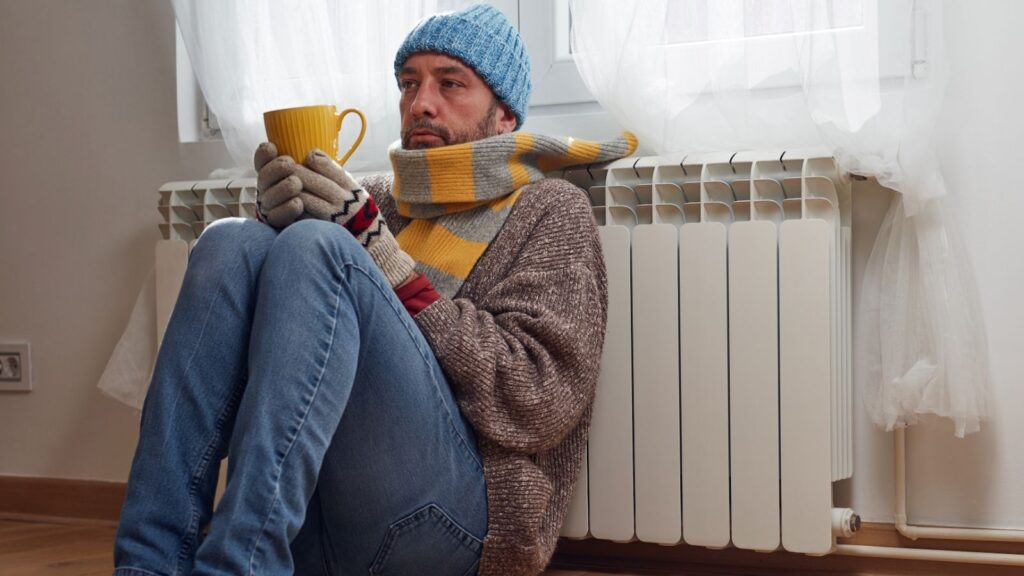As the weather turns colder and the days get shorter, many of us begin to wonder when it’s the right time to switch on our central heating. With energy costs rising, it can be tempting to hold off, but there are key factors to consider that can help you decide when to turn the heating on without wasting money.
Let’s look at five of these factors.
Check the Temperature Indoors
One of the most reliable indicators for when to turn on your central heating is the temperature inside your home. According to energy experts, the ideal temperature for comfort is around 18°C to 21°C during the day. If your home consistently falls below 18°C, especially during the day, it’s time to consider switching on the heating.
- Tip: Invest in a thermostat that monitors your home’s temperature and allows you to set heating schedules for efficiency.
Consider Your Home’s Insulation
If you find yourself reaching for extra layers in mid-October, it could be a sign your home isn’t well insulated. Poor insulation allows heat to escape easily, meaning you’ll need to turn on your heating earlier and keep it on for longer. To reduce heat loss and save on bills, check your loft and wall insulation, and consider using draught excluders for windows and doors.
Monitor Outdoor Temperatures
The UK’s weather can be unpredictable, but keeping an eye on the outdoor temperature helps gauge when to turn on the heating. When outdoor temperatures drop consistently below 15°C, it becomes harder to maintain a comfortable indoor environment without heating.
You can use weather apps to track daily temperatures and plan your heating usage accordingly. If daytime highs aren’t breaking 15°C, it’s time to start warming up your home.
Use Layering First
Before turning the central heating on, try layering up. Wearing a jumper, thick socks, and using blankets can stave off the cold. Electric blankets or hot water bottles can also keep you warm without needing to heat the whole house.
Set a Programmable Heating Schedule
If you’re looking to save money while keeping warm, a programmable thermostat is your best ally. Schedule your heating to come on when you need it most—early in the morning and late in the evening—and let it turn off during the day if you’re out of the house. You can even set your thermostat to lower the temperature by a few degrees while you sleep.
We hope you enjoyed this article, please follow us on MSN for more.







